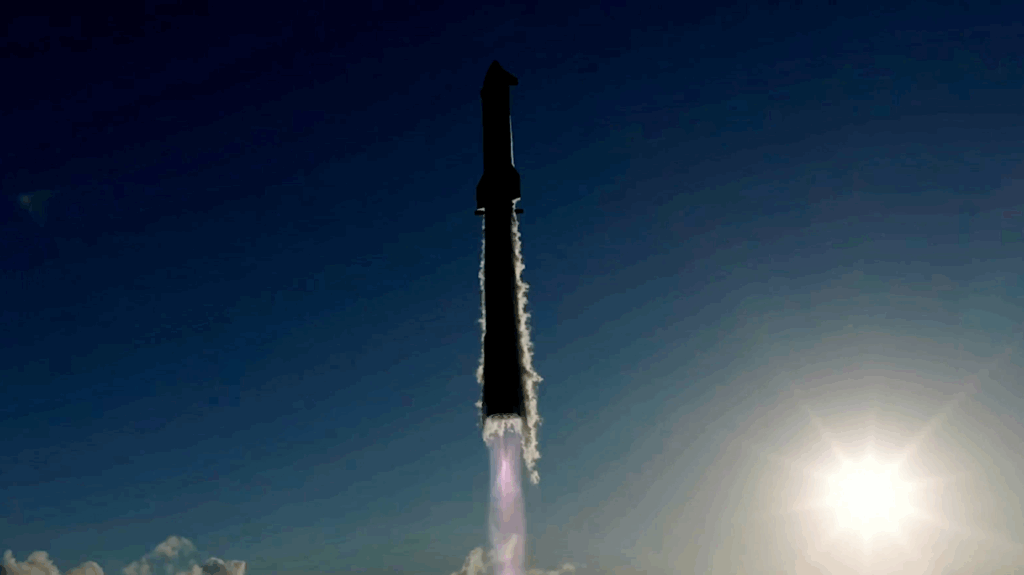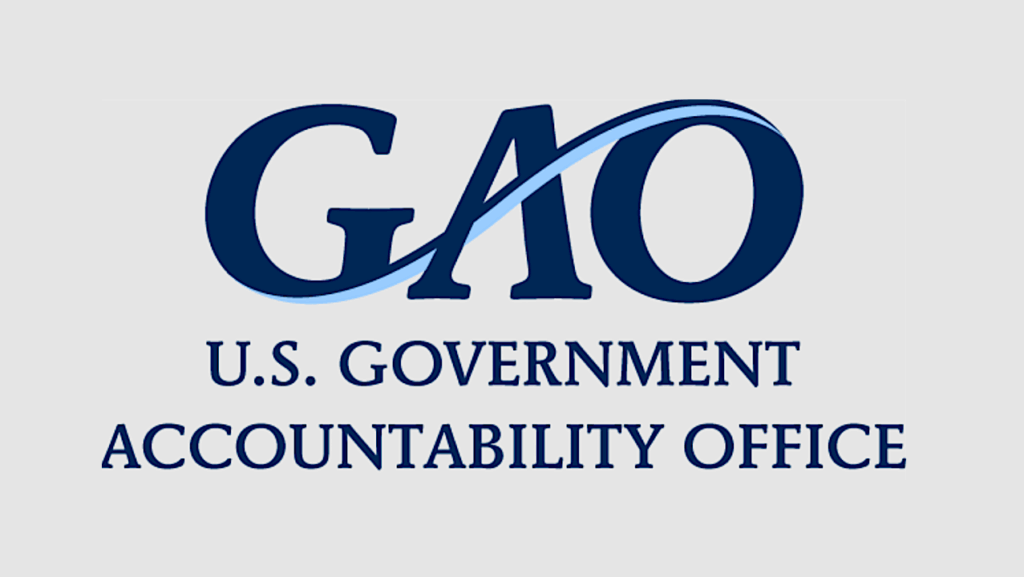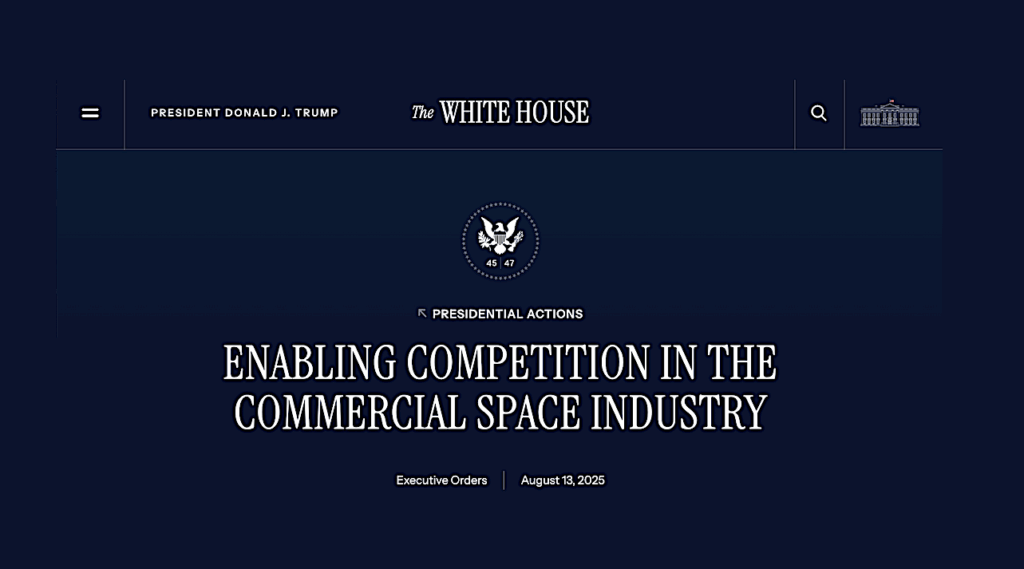NASA May Use Commercial Services For Lunar Missions

NASA: Lunar Surface Cargo Transportation Services Request for Information (RFI), NASA
“NASA has identified a variety of exploration, science, and technology demonstration objectives that could be addressed by sending instruments, experiments, or other payloads to the lunar surface. To address these objectives as cost-effectively as possible, NASA may procure payloads and related commercial payload delivery services to the Moon. Such delivery services need to be consistent with the National Space Transportation Policy (NSTP). The NSTP requires U.S. Government primary and secondary payloads to use U.S.-manufactured launch vehicles. “Hosted payloads” that meet the hosted payload definition within the National Space Transportation Policy can fly as part of a mission using a foreign launch vehicle. As a first step, NASA is interested in assessing the availability of payload transit and delivery services from Earth to the Lunar surface as early as Fiscal Year 2018 and through the next decade. This approach offers NASA the potential to simultaneously address critical strategic objectives related to exploration, science, and technology demonstration using commercially provided domestic space services and hardware.”









About time.
IMO and at the risk of starting a flame-war, this may be the first step in the abandonment of the official justification of SLS. Not for a while yet; we won’t even see a ‘conversation’ officially started until Falcon Heavy and New Glenn are proven to cis-lunar orbits.
This was exactly my thinking. At some point the amount of commercial space activity, and the continuing inability of SLS to get flight ready, will simply become overwhelming. Maybe they’ll end up turning the EM-1 hardware into a one-off launcher for the Europa mission.
Now that the Air Force is talking about a Minuteman replacement, SLS can die since one of its main uses was to preserve the industrial base for large solid rocket motors.
This is a very civil group, which is why I’ve stayed so long.
As to abandoning SLS: yes, at some point, that will happen; but NASA will need a way out. Some would call it a ‘face-saving’ way out, which is partly apt, but incomplete.
Imagine the headlines. Even the normally-friendly Eric Berger might write about “The Golden Rocket To Nowhere That Never Flew”, and of course would be correct. But even so, it is easy enough to justify SLS in NASA-speak and Congress-speak.
But here’s the thing about SLS: the entire effort must be viewed through a special set of time-warping glasses, a pair of spectacles that see everything as ‘before Musk’ and ‘after Musk’.
Before Musk, the SLS enterprise was rightly criticized for incessant delays, incredible costs, and stunning excess (a certain stir welding machine comes to mind). Still, there wasn’t much doubt about the need for some sort of heavy lifter. Some felt that upgrading existing EELV was a much better approach. Others felt a clean sheet would take advantage of newer technology. Other voices had other views.
And the criticism of SLS was often colored by whatever heavy-lift flavor you preferred.
Along comes Mr. Musk, and now there is someone against which every single decision and timeline is to be compared. Do you want a clean sheet rocket? OK, Five years. Want reusability? See above. Want high flight rates? And do you want low costs?
Nobody really thought that an entirely new system could be created – from scratch, folks, from roll steel coming in one end and a rocket coming out of the other end of the factory – in just a few years. It was thought impossible, until it was done.
There is a lot more to be written about what is happening right in front of our eyes. Imagine, for instance, that you are a Native American watching a steam locomotive crossing the great plains (forgive me for cultural blindness; the example is powerful). Your people are happy, and settled. But you have no written language, or engineering, or use of the wheel. Suddenly you see bridges spanning rivers, and machines powered by burning wood able to carry hundreds of tons.
That is what we are seeing with Space X.
That’s the defense of SLS. Best I can do.
Actually, NASA’s own in-house studies favoured a fuel-depot architecture. As did many of the Primes.
It was only by insisting on an all-in-one launch architecture that Griffin was able to bias the scales enough to favour of his preferred version (and SLS derives directly from Constellation.)
The only real before/after Musk change is the redeeming of reusability, which was tarnished by the Shuttle/NASP/X-33 experience.
I can not quite agree with this. Griffin was brought in to basically kill the VSE. It called for no new rockets and when Okeefe went to capital hill and told them a possible 14,000 NASA and contractors would be gone it was an absolute non starter. He was soon offered a “dream job” In the state that was going to see Michoud turn into a ghost town under the VSE.
Griffin then executed what the Senate brought him for the 60 day study. Now under the ESAS the eelv’s were suddenly to expensive and dangerous to use. What did the space states get? TWO NEW rockets.
And the depot idea that was specifically mentioned in the VSE? Well that study was buried so deep it took Dana R calling for repeatedly to finally surface .. AFTER the constellation was funded.
So I do not believe it was Griffin insisting as much as congress brought him in to specifically insist for them.
I agree. This may be a sign of the proper way of abandoning one program and switching to another. Rather than cancel one (Constellation) and then figure out what will replace it, you figure out what’s the most economical solution and switch right from one to the other.
That might come later, but this RFI talks about services available as early as FY 2018 (starting on October 1, 2017.) That suggests relatively small payloads to me. NASA may, eventually, start shopping around for commercial alternatives to SLS. But I don’t think that’s what this is about.
Back to the future. https://uploads.disquscdn.c…
I heard this model of Aries from “2001” (yes, correct spelling. not ARES as proposed 12 years ago) will be on display later this year.
Anyway at least NASA is talking about the Moon again and now mentions commercial services in same paragraphs. Reminds me of LEO and cislunar space in same economic development zone (which had been proposed before Kubrick started his movie), Dennis Wingo has extensive discussion here, https://denniswingo.wordpre…